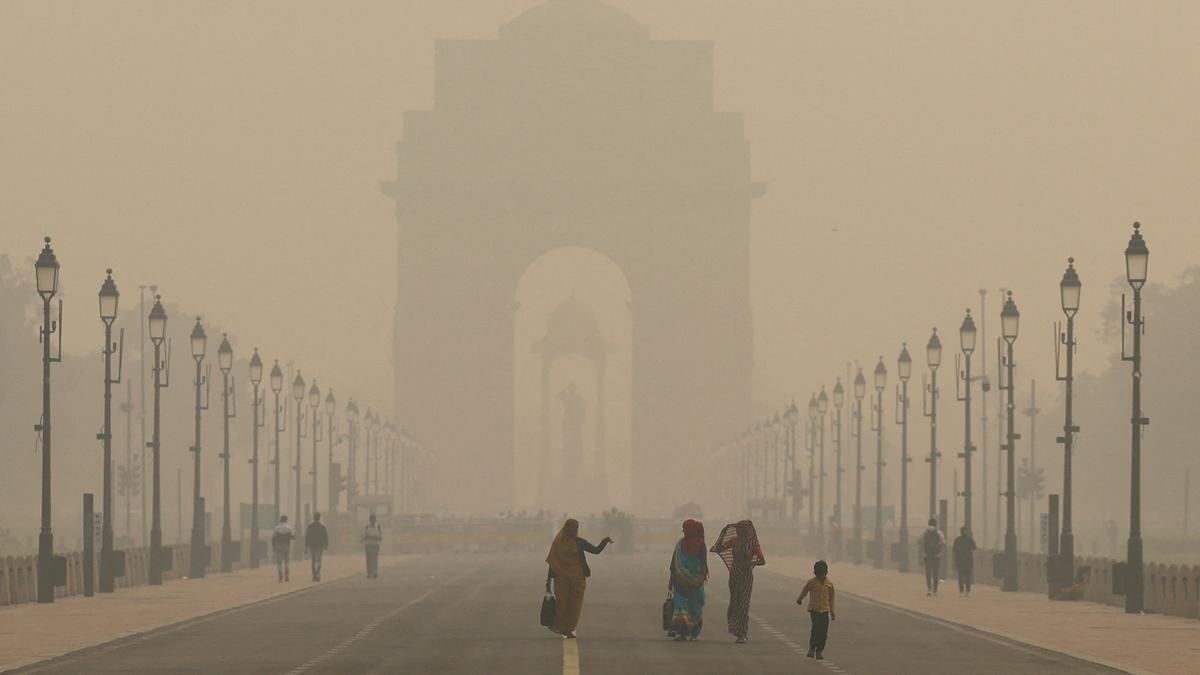AQLI 2025 Report

Air Pollution in India – AQLI 2025 Report
- Overview: According to the Air Quality Life Index (AQLI) 2025, India’s air quality remains a major public health concern. All of India experiences particulate matter (PM2.5) levels above the WHO safe limit of 5 μg/m³, while 46% of the population lives in regions exceeding the national standard of 40 μg/m³. Northern plains cities such as Delhi, Ghaziabad, and Kanpur are the worst affected.
- Impact on Life Expectancy: The report highlights that reducing PM2.5 to WHO standards could increase life expectancy by 8.2 years in Delhi, and by 9.4 months nationwide even in relatively cleaner regions.
- Regional and Transboundary Pollution: Air pollution in South Asia is transboundary, driven by emissions from India, Bangladesh, Nepal, and Pakistan. Bangladesh’s PM2.5 levels are 12 times above WHO guidelines, with potential gains of 7.1 years in life expectancy in hotspots like Gazipur. China has made progress in the last decade, though PM2.5 levels increased by 2.8% in 2023, remaining 40.8% lower than 2014 levels.
- Global Scenario: Globally, PM2.5 concentrations increased by 1.5% in 2023, nearly five times above WHO limits. The US and Canada recorded high increases due to wildfires, while Bolivia entered the top-10 most polluted countries for the first time since 2010. In parts of Africa, pollution has slightly declined, but countries like Cameroon and DRC face pollution-related health risks surpassing HIV/AIDS, malaria, and unsafe water.
Updated - August 31, 2025 07:00 am | The Hindu
Environmental Pollution Air Pollution PM2.5 Air Quality Life Index (AQLI) Public Health Climate Change Sustainable Development Transboundary Pollution South Asia Life Expectancy Delhi National Standards WHO Guidelines Global Air Quality Bolivia Current Affairs UPSC State PSC Environment Optional Pollution Control